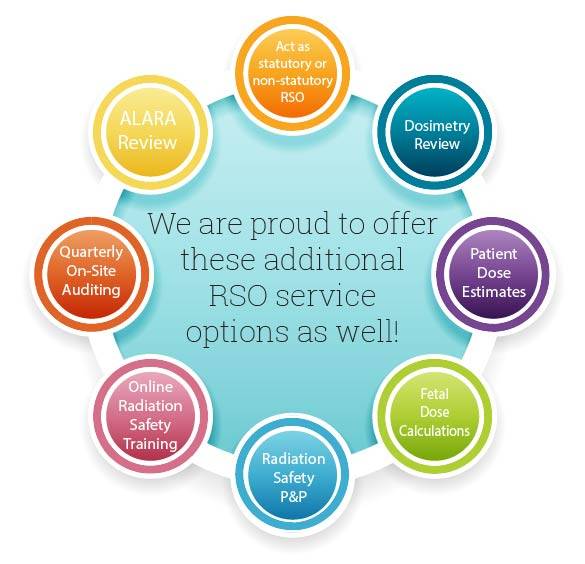Ensuring Compliance: How Radiation Safety Officers Navigate Regulatory Standards in Healthcare
Introduction
Radiation Safety Officers play a crucial role in maintaining safety and compliance in healthcare settings that utilize radiation-based technologies. From diagnostic imaging to cancer treatments, radiation is an integral part of modern medicine. However, improper use can pose significant risks to both patients and medical staff. RSOs ensure that hospitals and healthcare facilities adhere to strict regulatory standards to minimize these risks and maintain a safe working environment.
Understanding Regulatory Standards in Radiation Safety
Regulatory standards for radiation safety are established by various national and international bodies, including:
- Atomic Energy Regulatory Board (AERB) in India
- Nuclear Regulatory Commission (NRC) in the U.S.
- International Atomic Energy Agency (IAEA)
- Occupational Safety and Health Administration (OSHA)
- Food and Drug Administration (FDA)
These organizations set safety protocols to regulate radiation exposure, equipment maintenance, and waste disposal.
The Role of an RSO in Compliance Management
1. Implementing Radiation Safety Programs
RSOs develop and enforce radiation safety programs that align with national and international guidelines. These programs ensure that radiation exposure remains As Low As Reasonably Achievable (ALARA), reducing potential health risks.
2. Regulatory Documentation and Audits
Compliance with radiation regulations requires thorough documentation. RSOs maintain detailed records, including:
- Radiation exposure logs for staff and patients
- Equipment calibration reports
- Incident reports and corrective actions
- Regulatory inspection records
They also prepare hospitals for periodic audits conducted by regulatory bodies to ensure continued compliance.
3. Monitoring Radiation Exposure Levels
RSOs use dosimeters and radiation monitoring systems to track radiation exposure levels for healthcare workers. By analyzing data trends, they implement necessary safety measures to protect staff and patients.
4. Training and Awareness Programs
Education is a core function of an RSO. They conduct regular training sessions for medical personnel on:
- Safe handling of radiation-emitting equipment
- Proper use of personal protective equipment (PPE)
- Emergency procedures in case of radiation exposure incidents
This ensures that staff are well-informed and can take preventive measures to limit radiation exposure.
5. Managing Radiation-Emitting Equipment
Regular maintenance and calibration of radiation-emitting devices like X-ray machines, CT scanners, and linear accelerators are critical. RSOs work with biomedical engineers to ensure that equipment operates within safety limits and meets regulatory standards.
6. Handling Radiation Incidents and Emergency Response
In case of a radiation-related incident, the RSO leads the emergency response. They investigate exposure incidents, implement corrective actions, and report findings to the relevant authorities to prevent recurrence.
Challenges Faced by RSOs in Healthcare
Despite their vital role, RSOs face several challenges, including:
- Keeping up with constantly evolving radiation safety regulations
- Ensuring compliance across multiple departments in large healthcare facilities
- Addressing concerns from hospital staff about radiation risks and enforcing safety measures
- Managing radiation waste disposal in an environmentally safe manner
Conclusion
Radiation safety officers are the backbone of radiation safety in healthcare settings. By ensuring compliance with regulatory standards, they protect patients, healthcare workers, and the environment from unnecessary radiation exposure. Their expertise in radiation monitoring, training, equipment management, and emergency preparedness makes them indispensable in maintaining a safe and compliant healthcare facility. As technology advances and regulatory standards evolve, the role of RSOs will only become more critical in safeguarding public health and ensuring the responsible use of radiation in medicine.











Leave a Reply